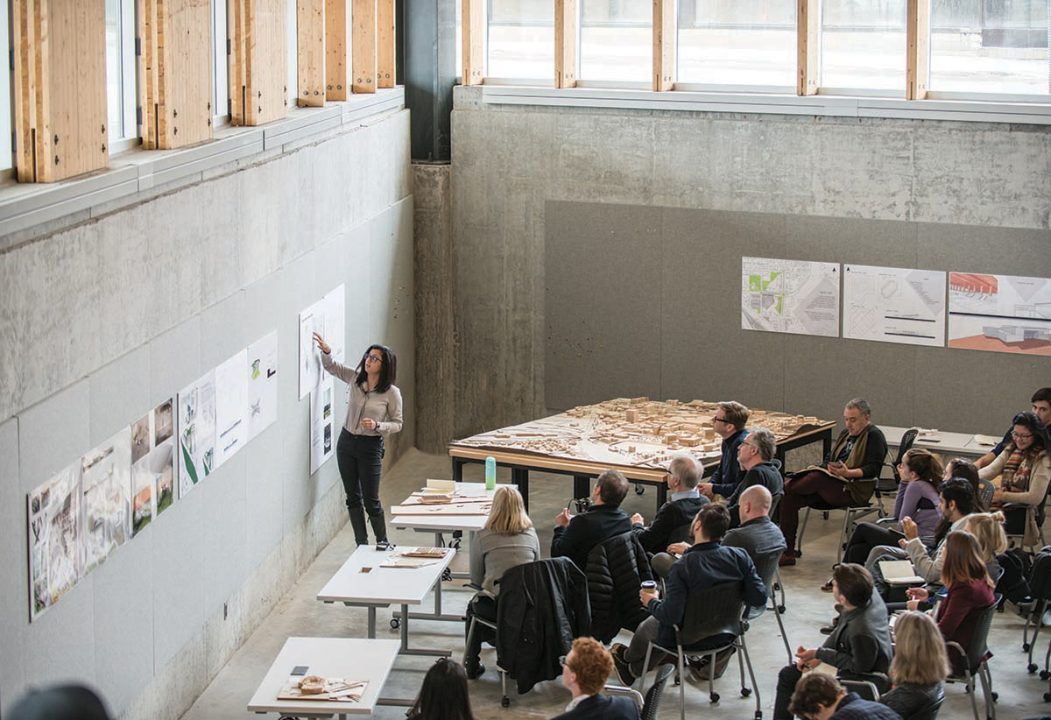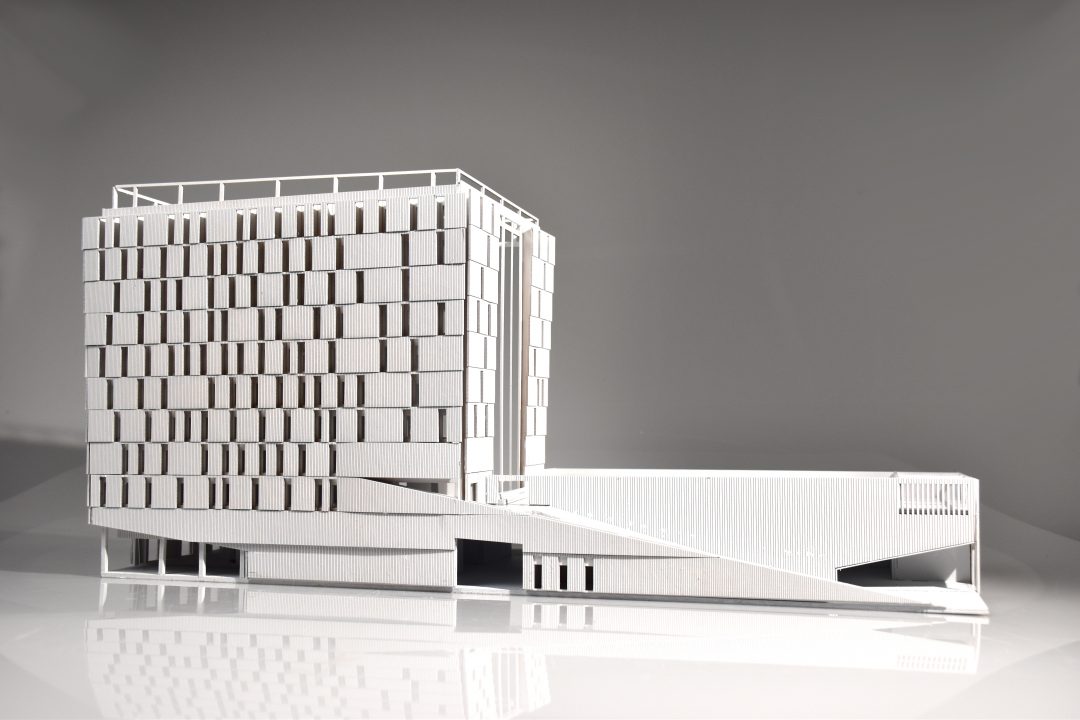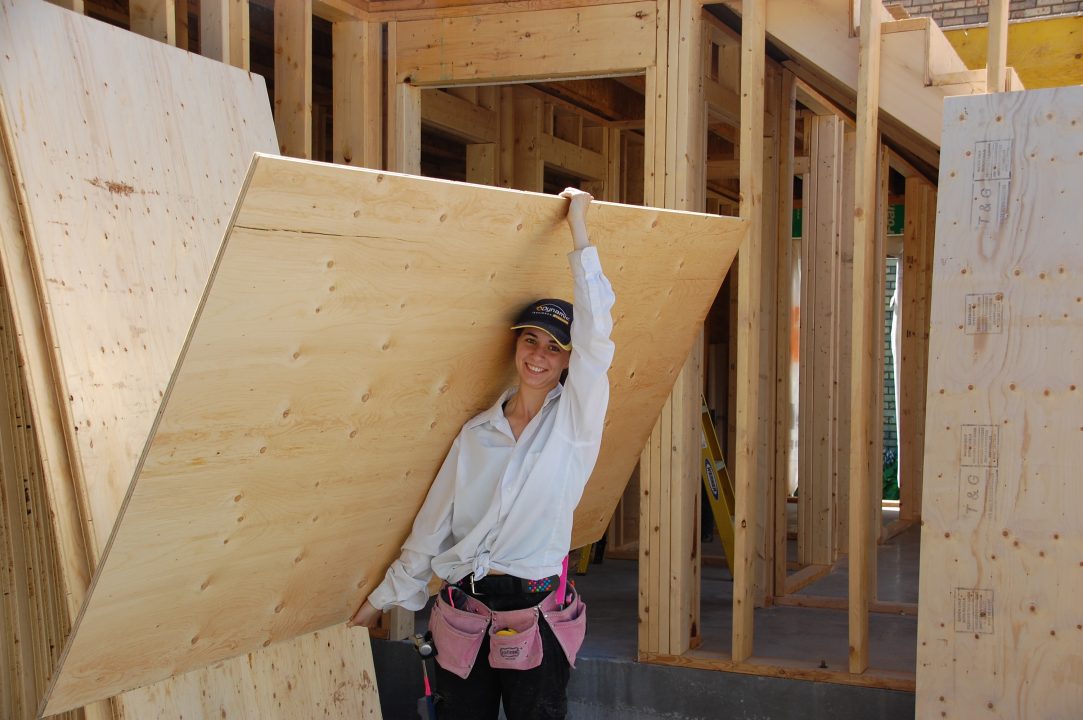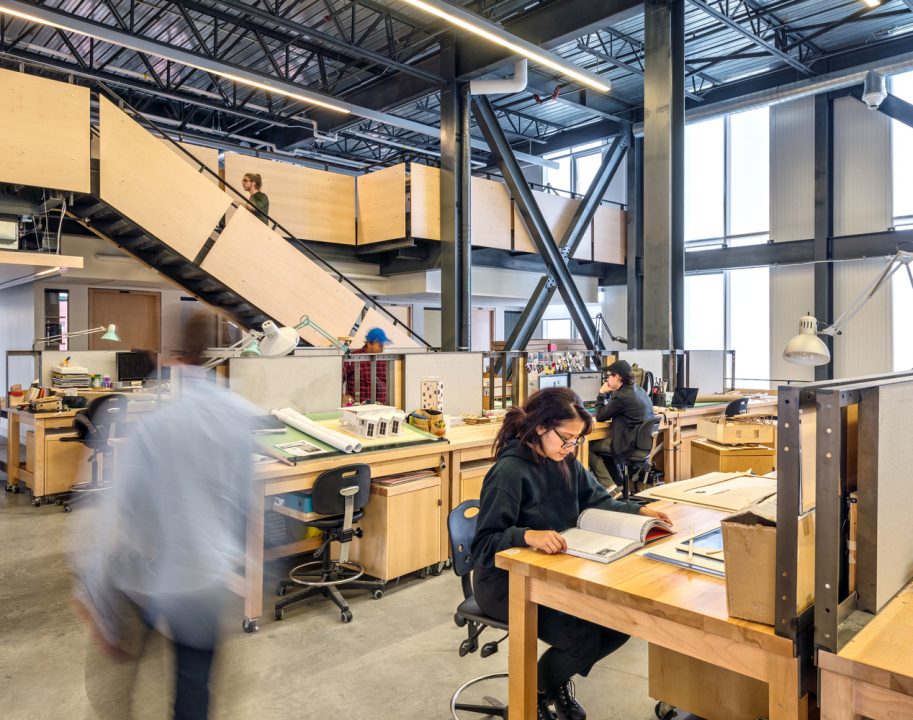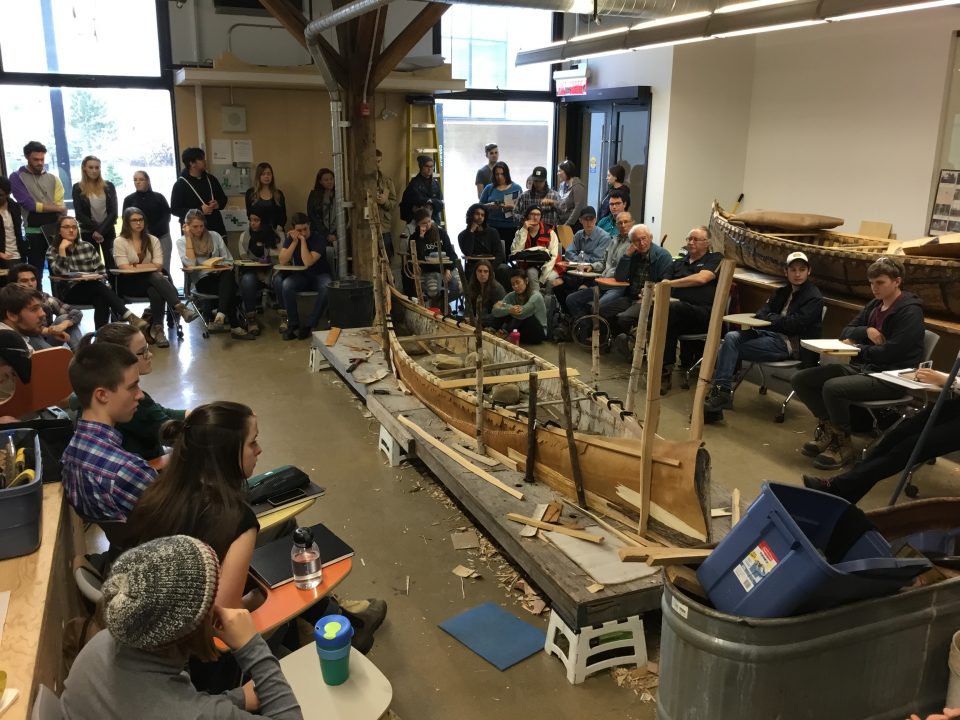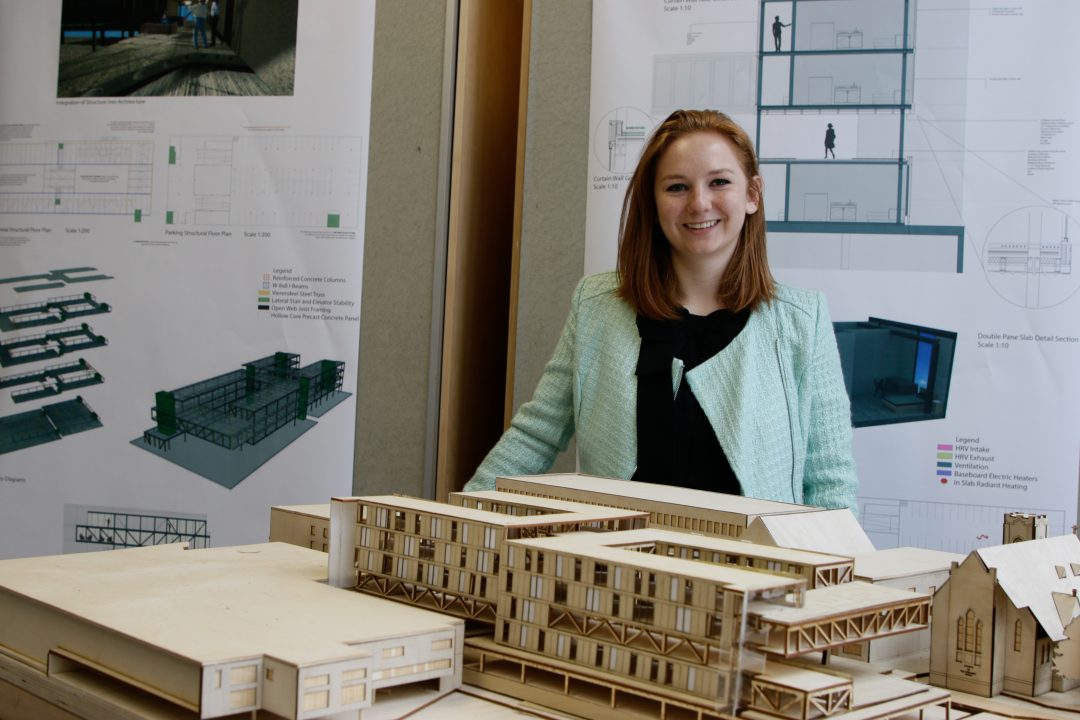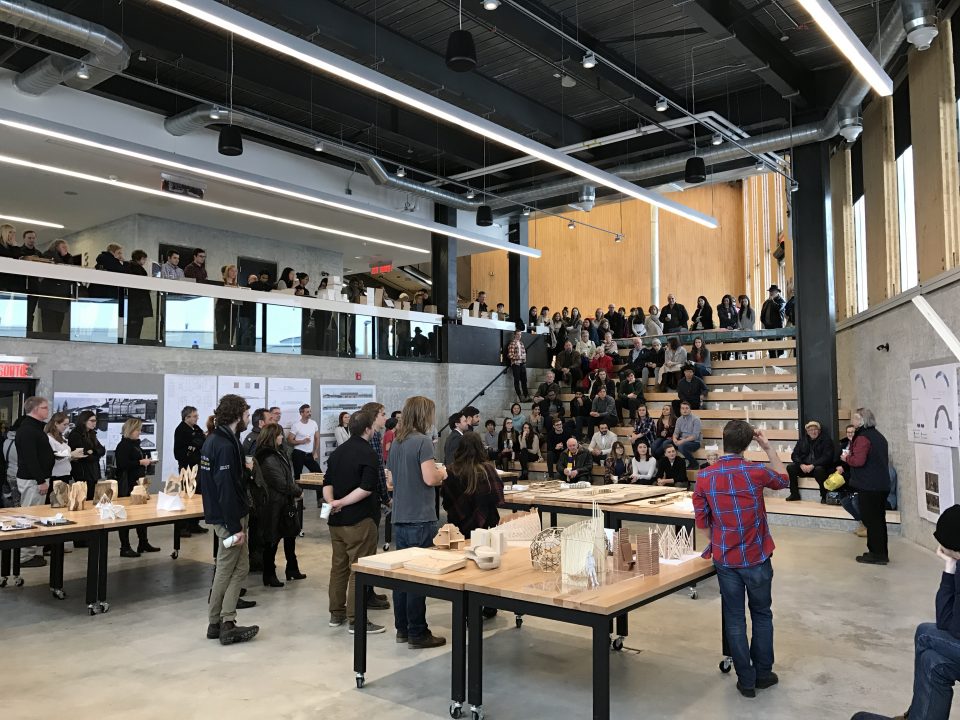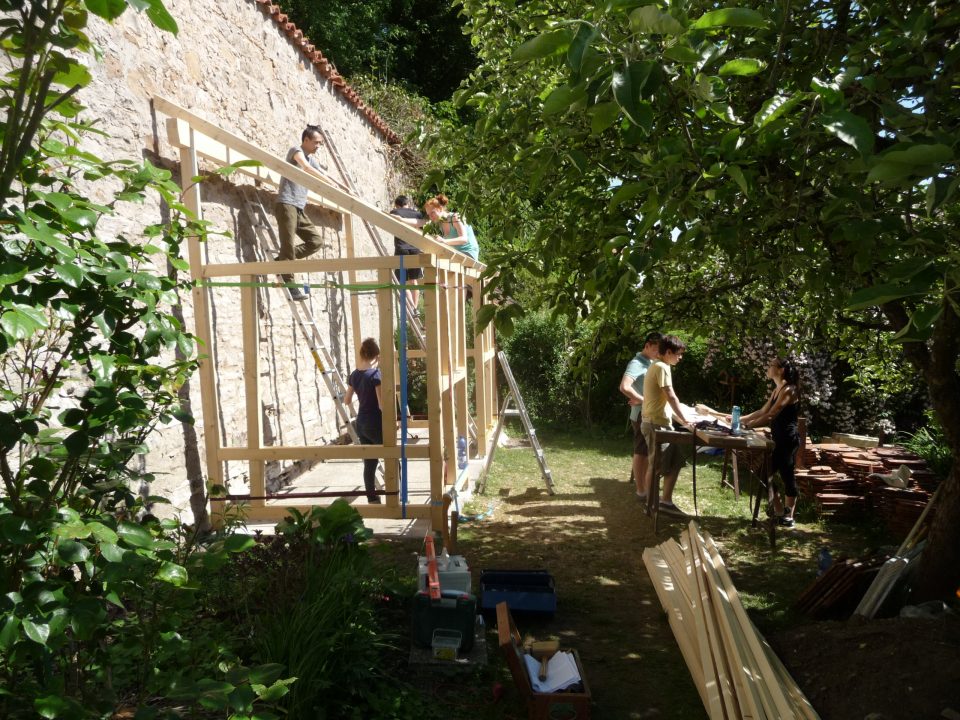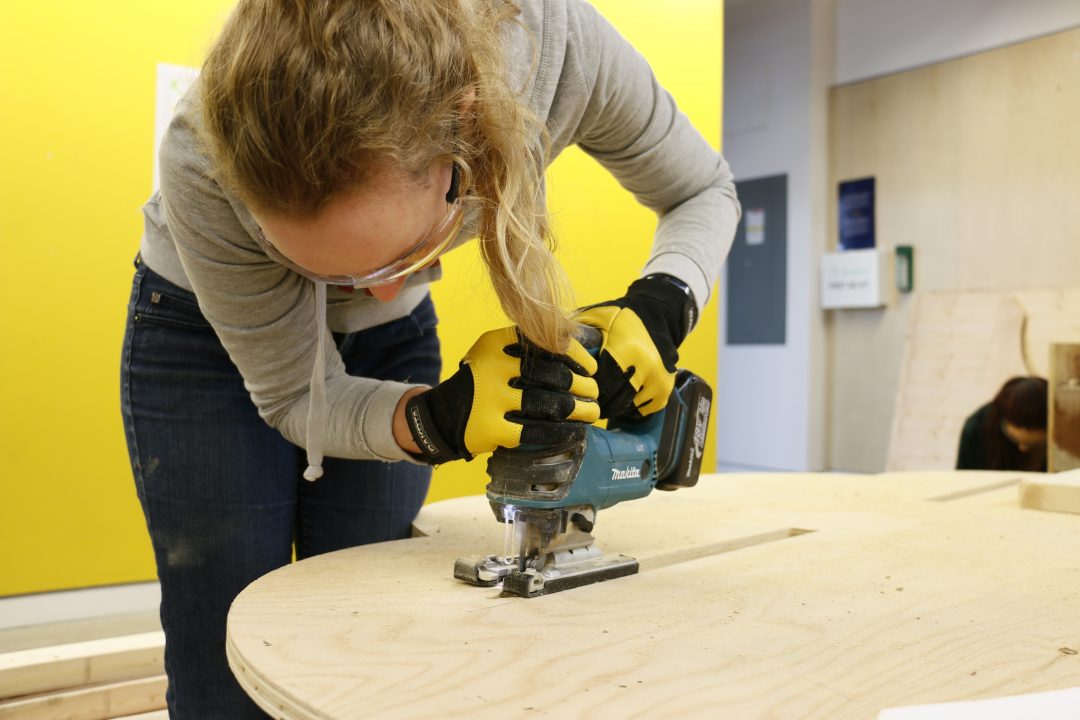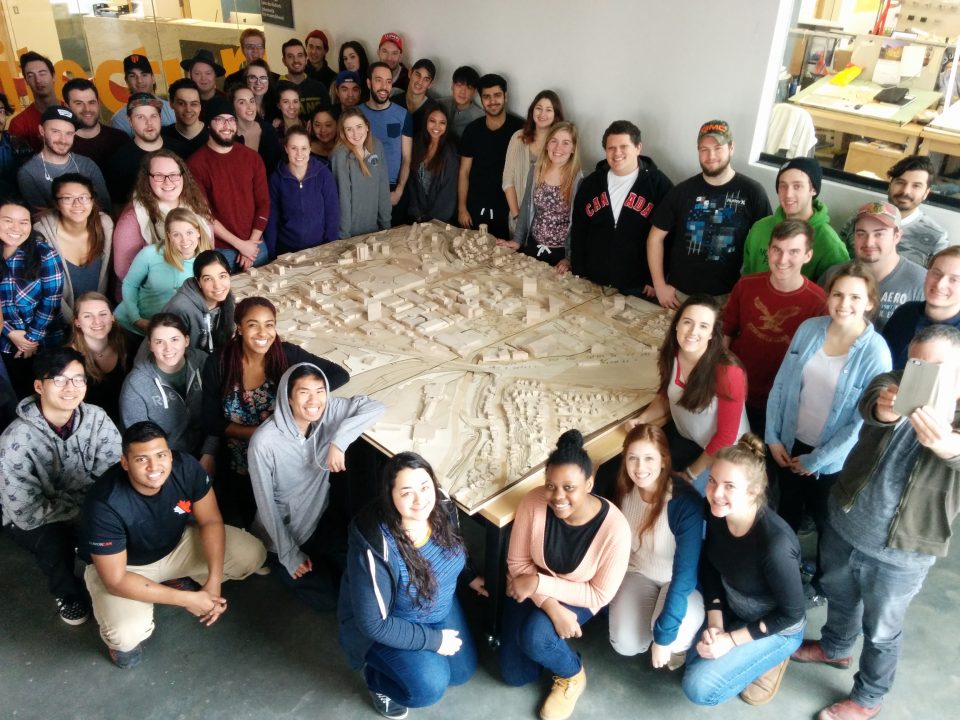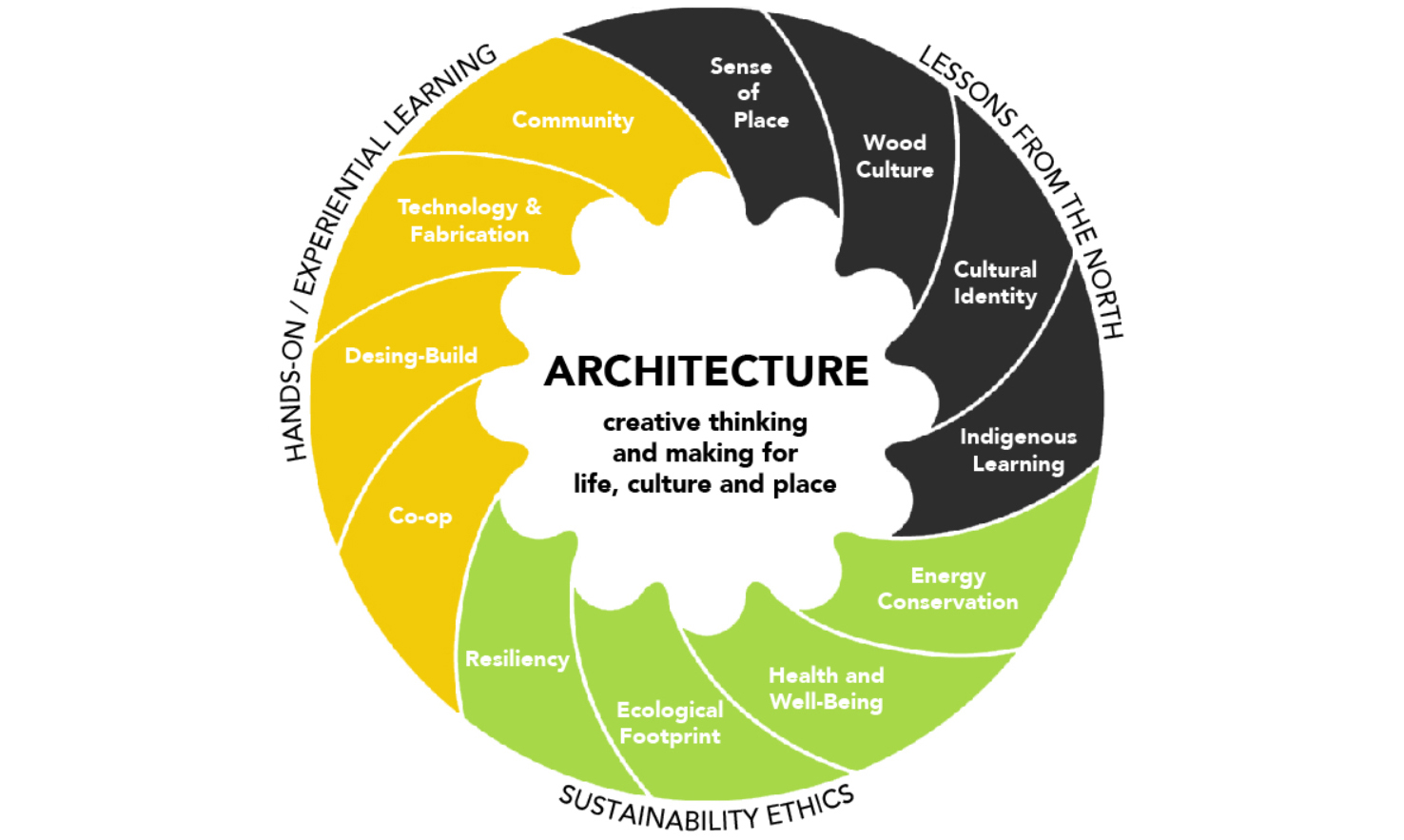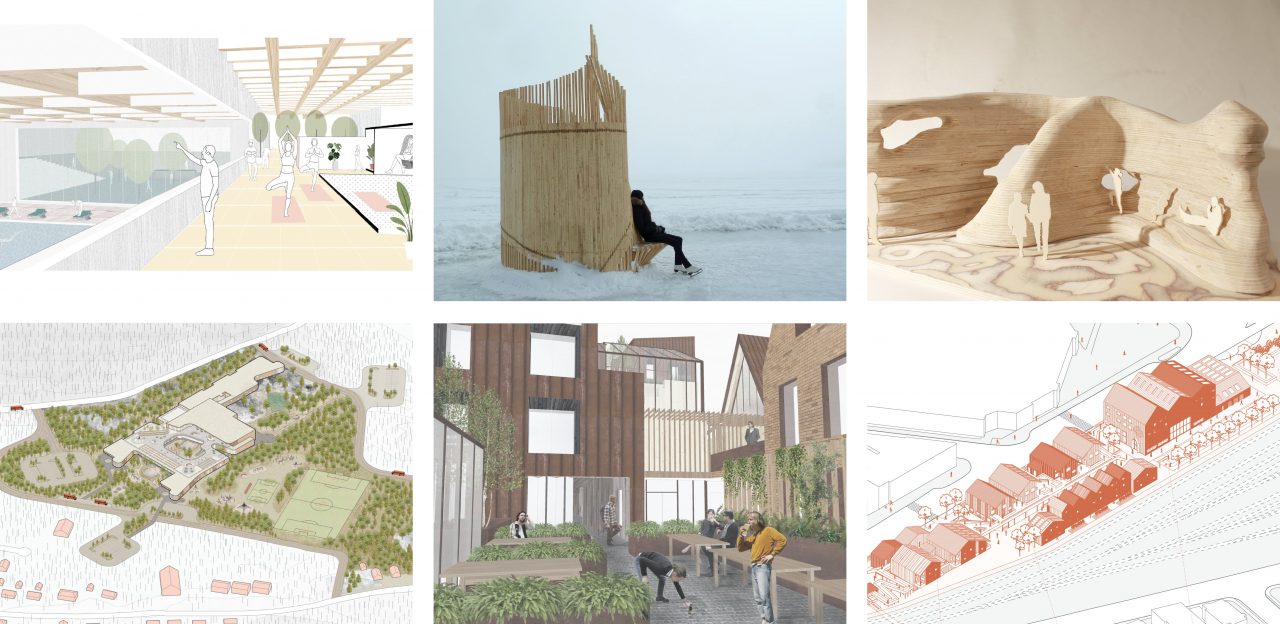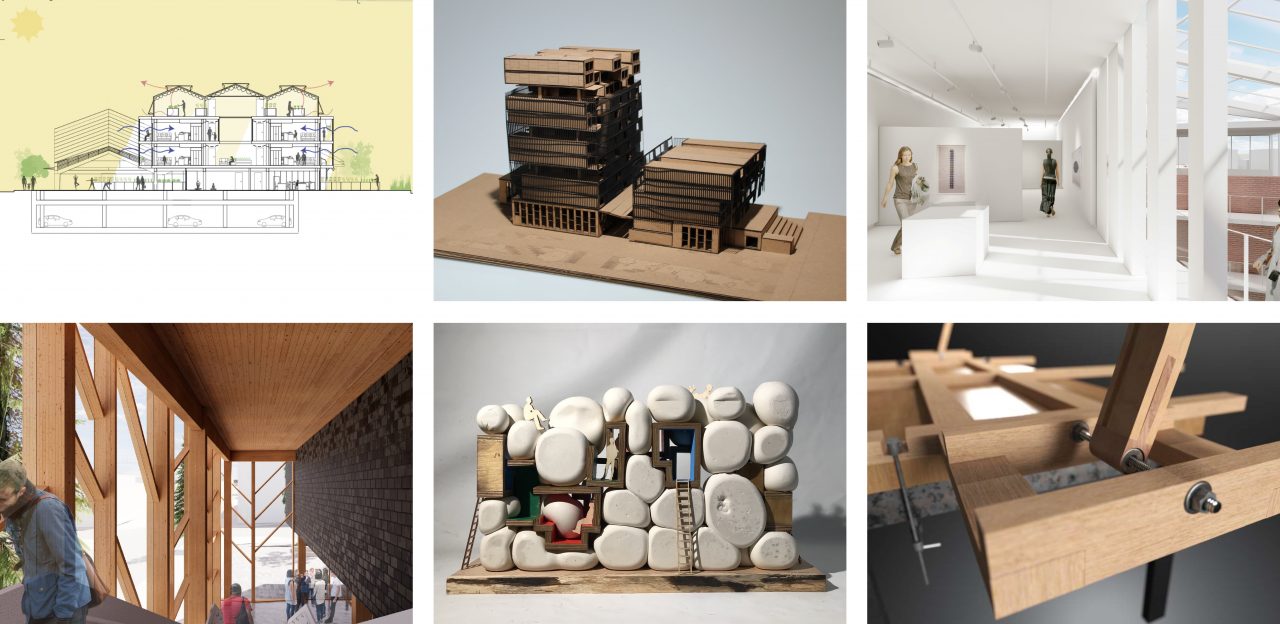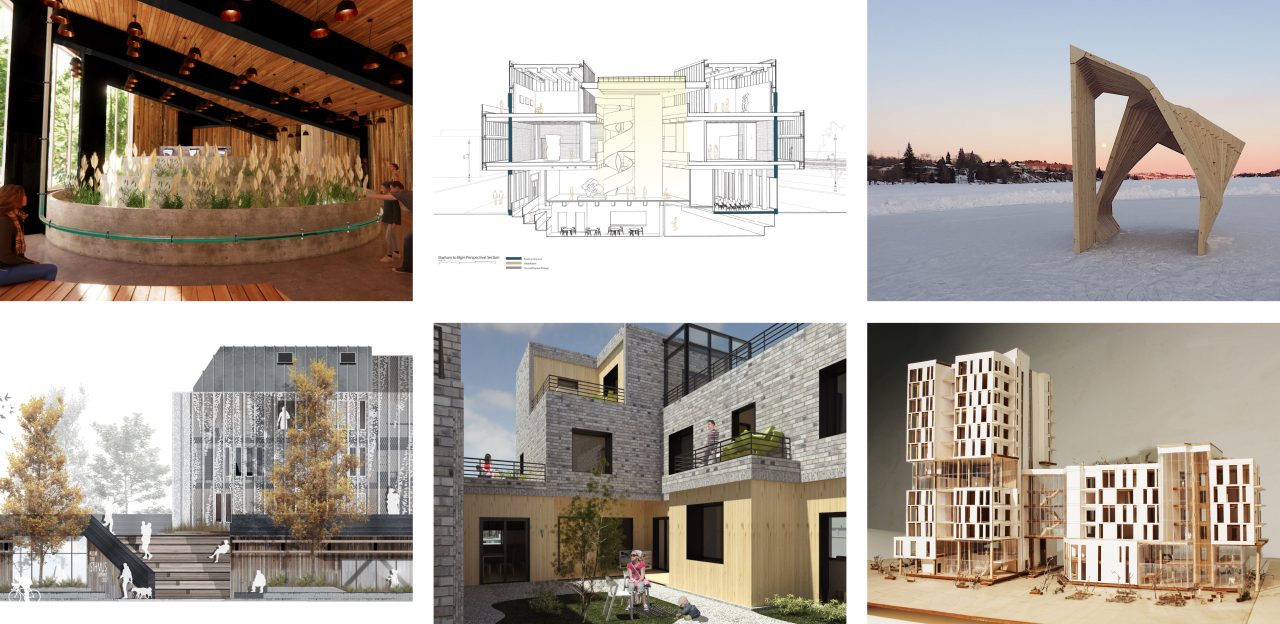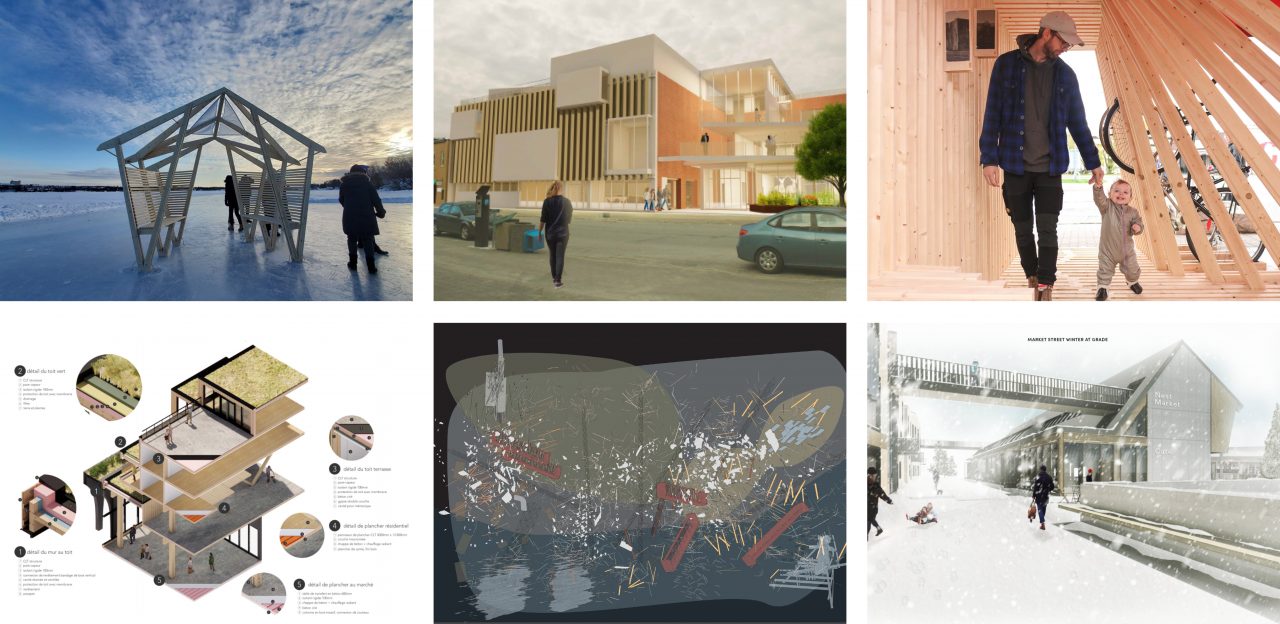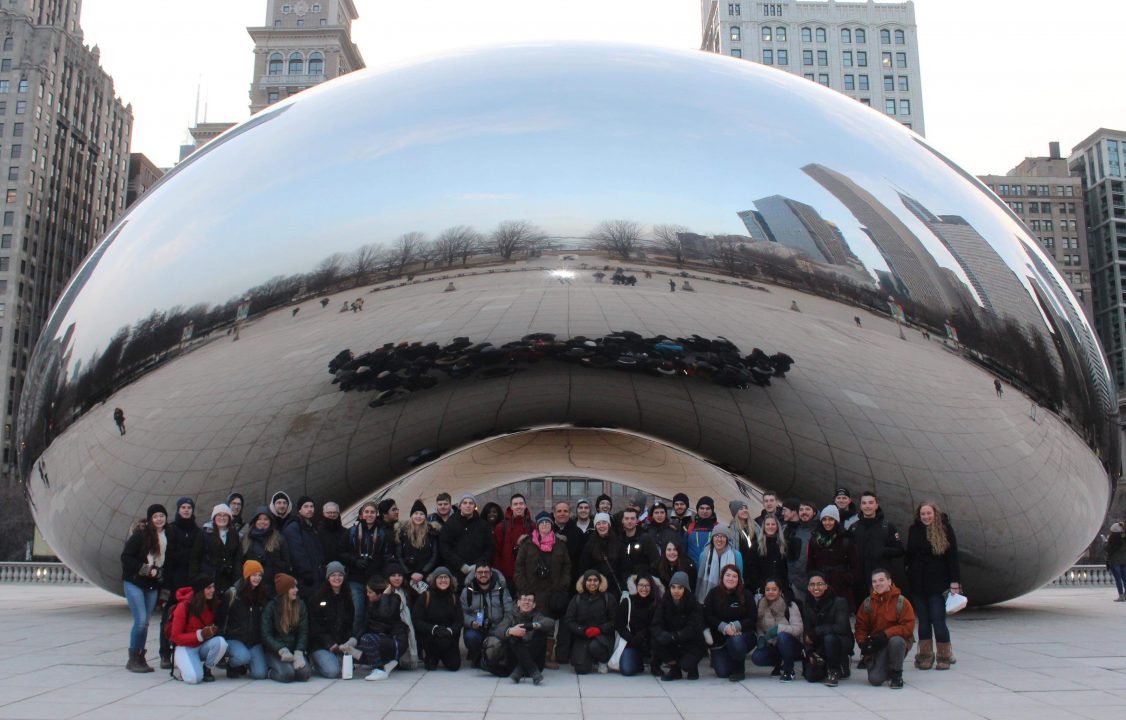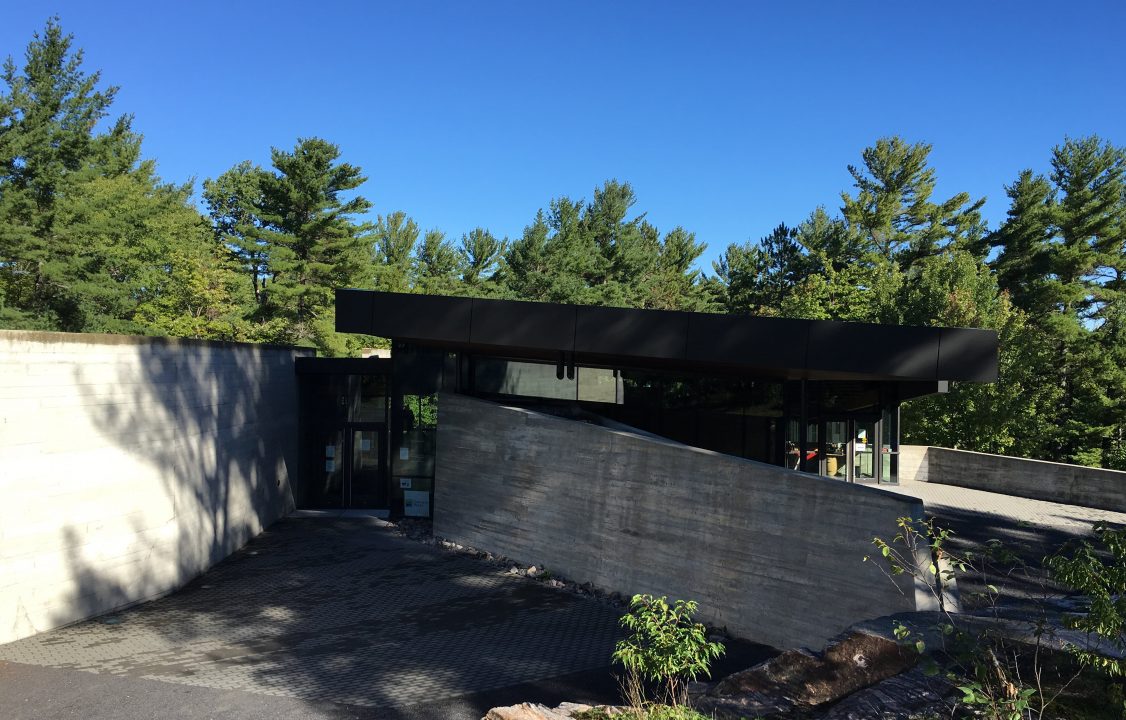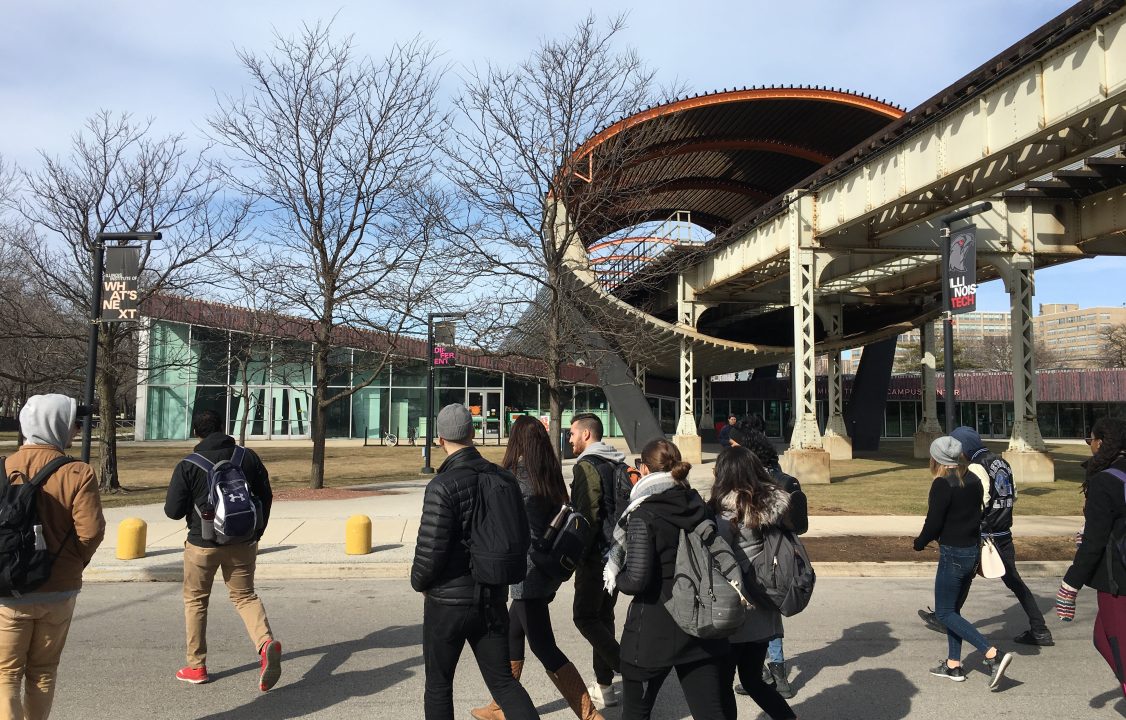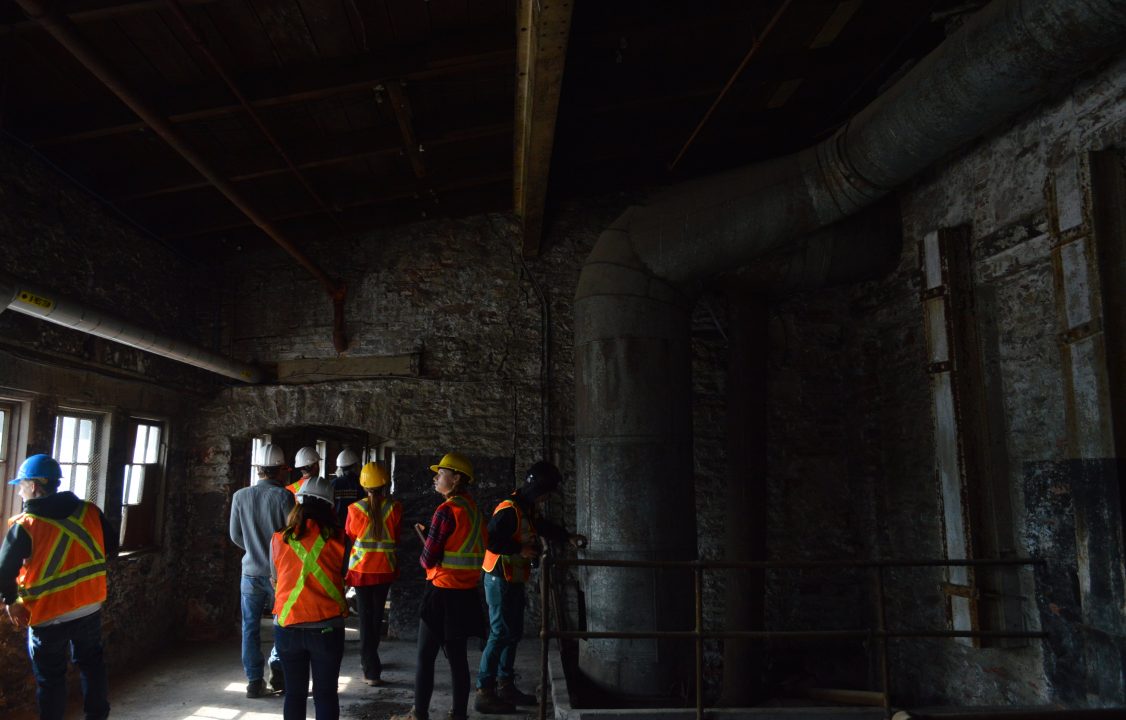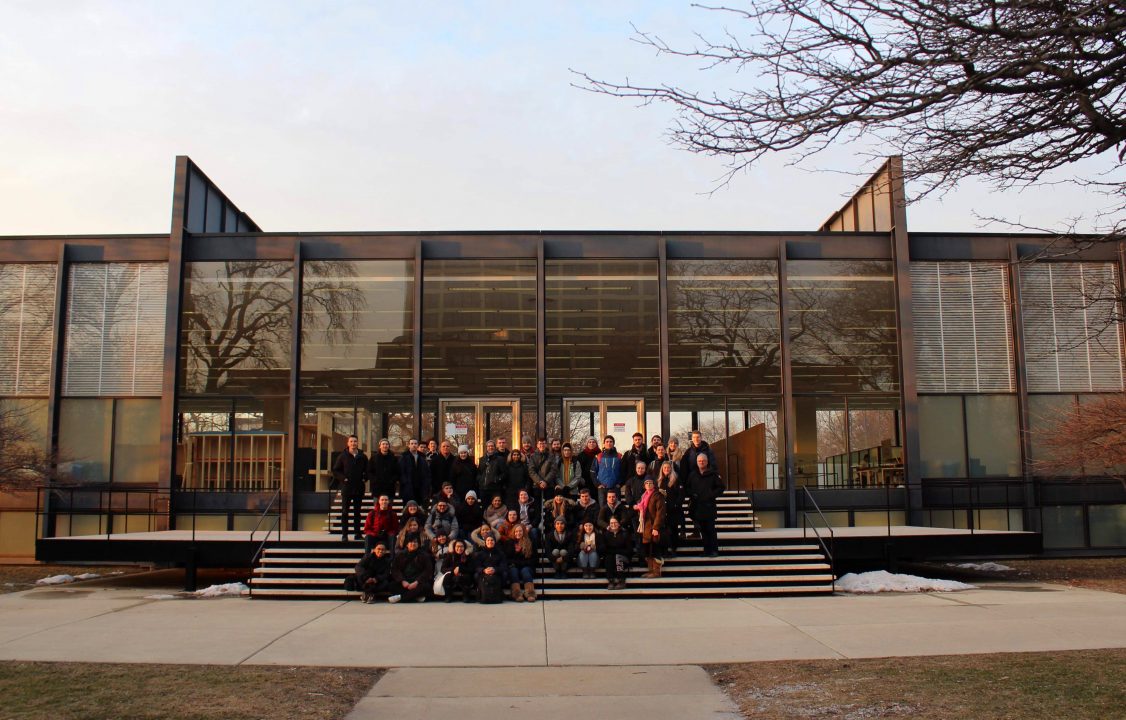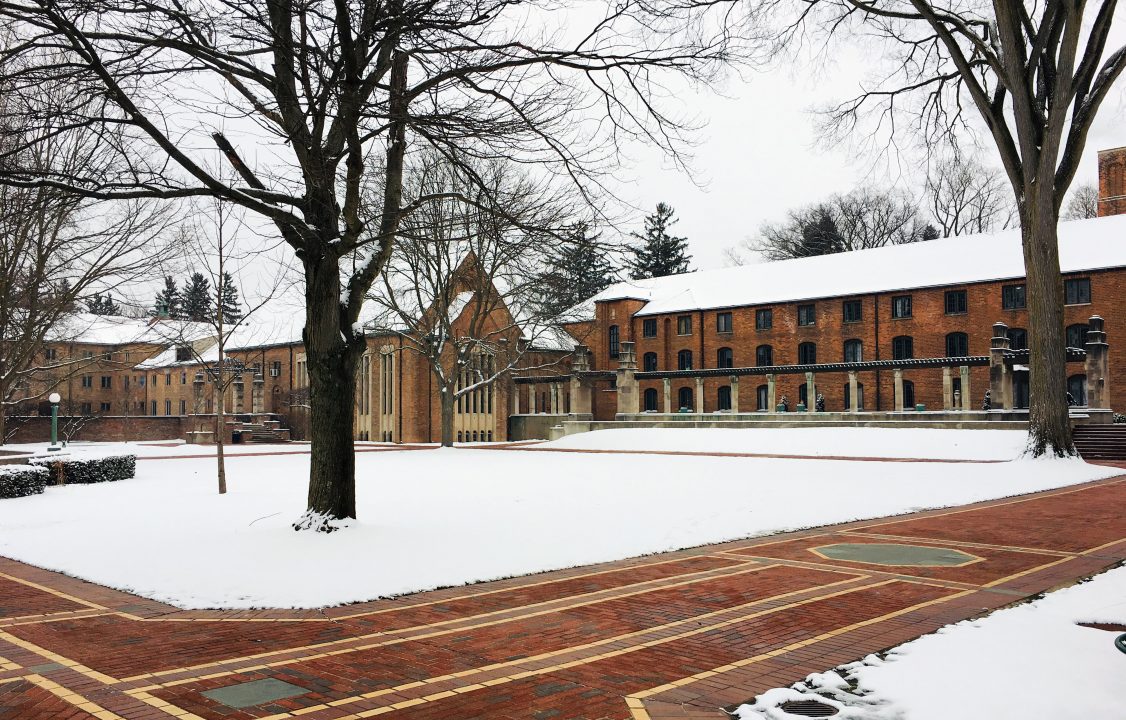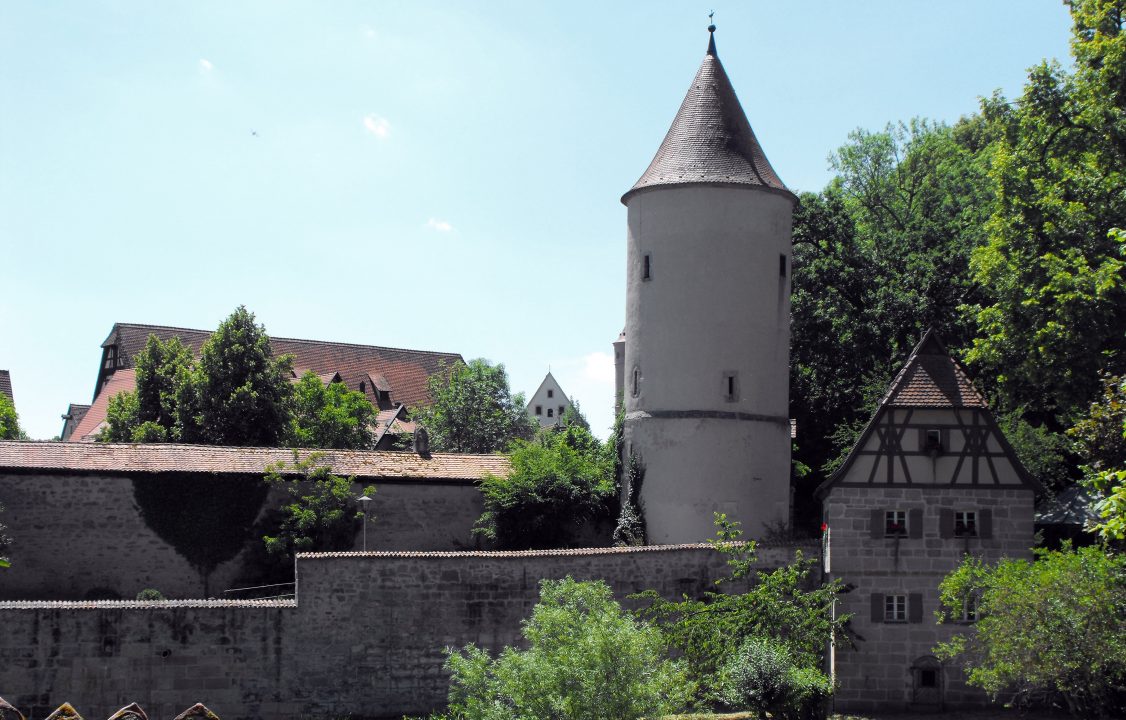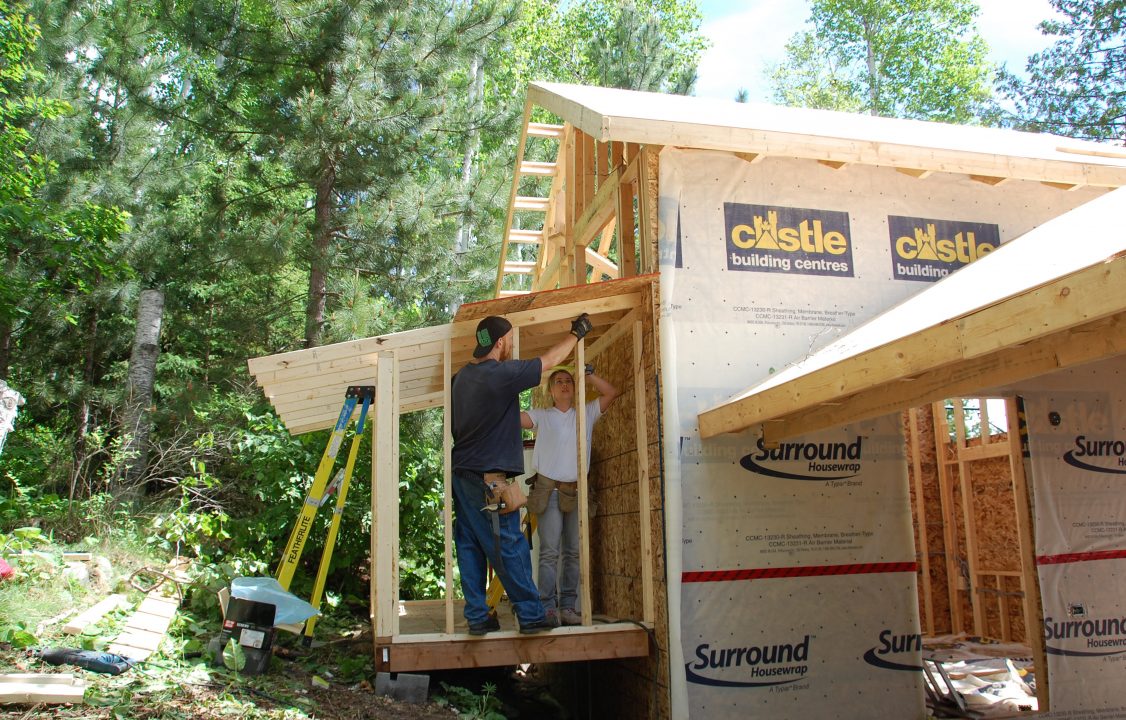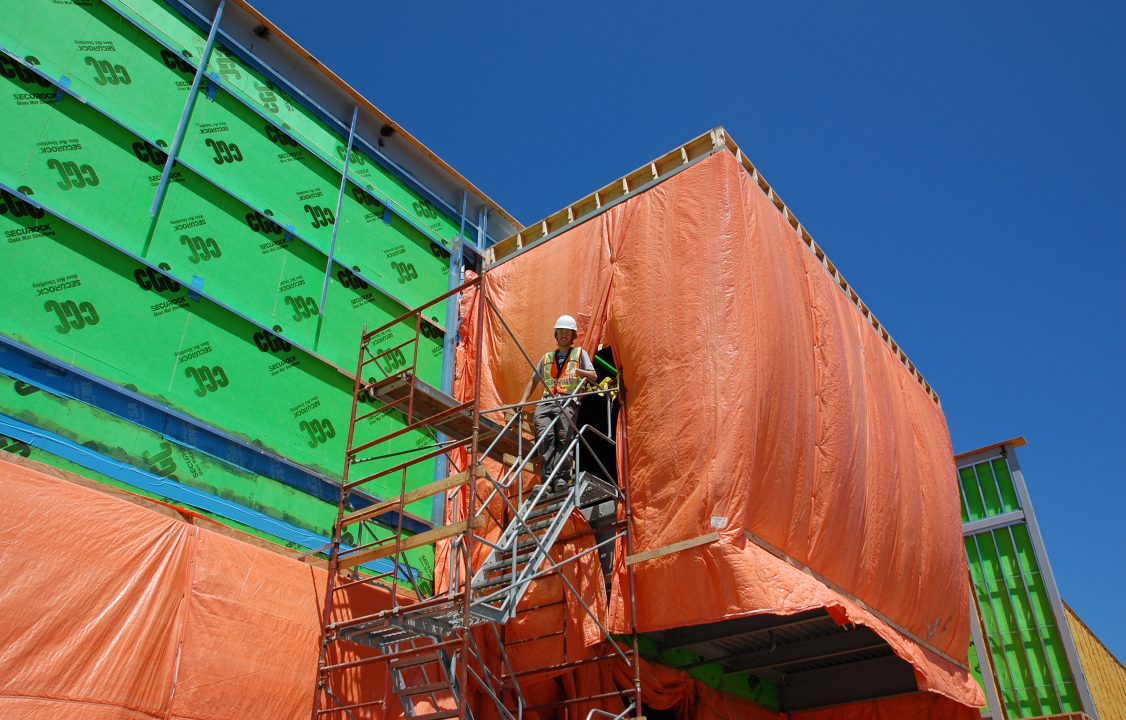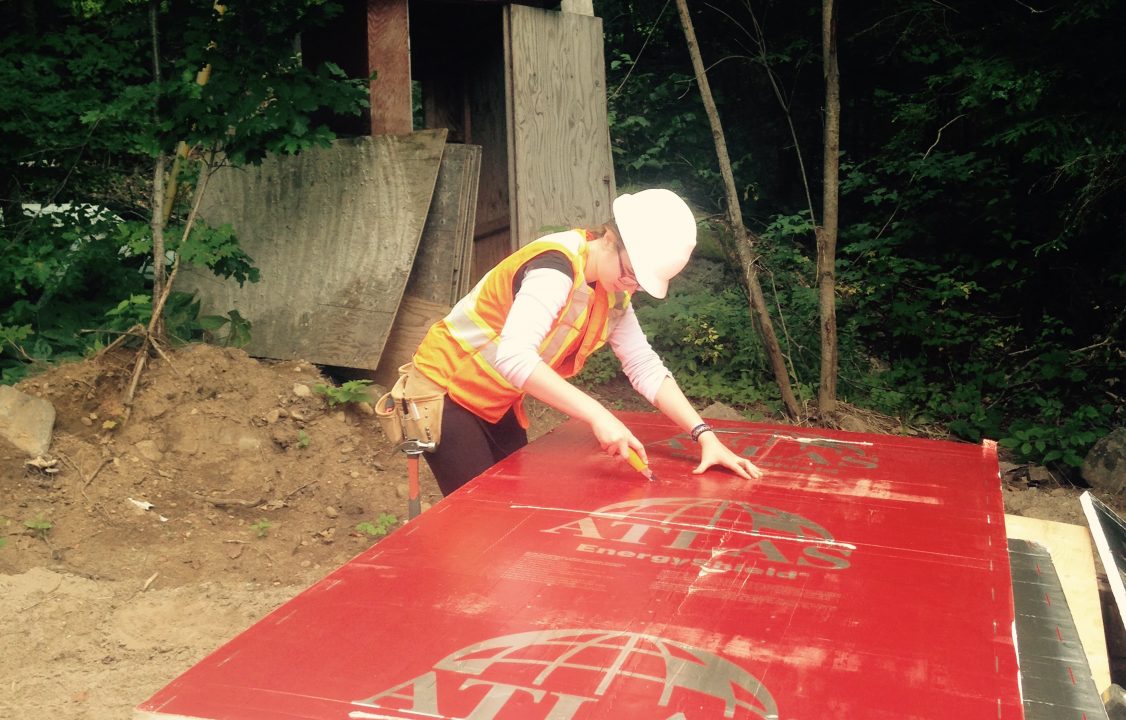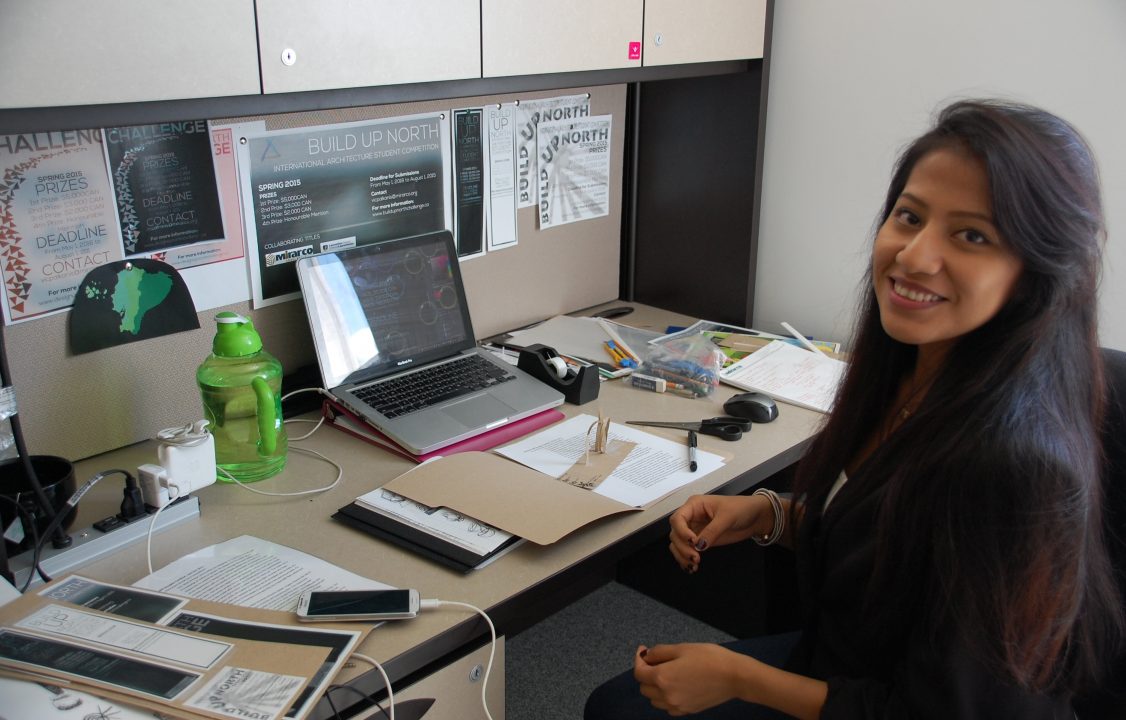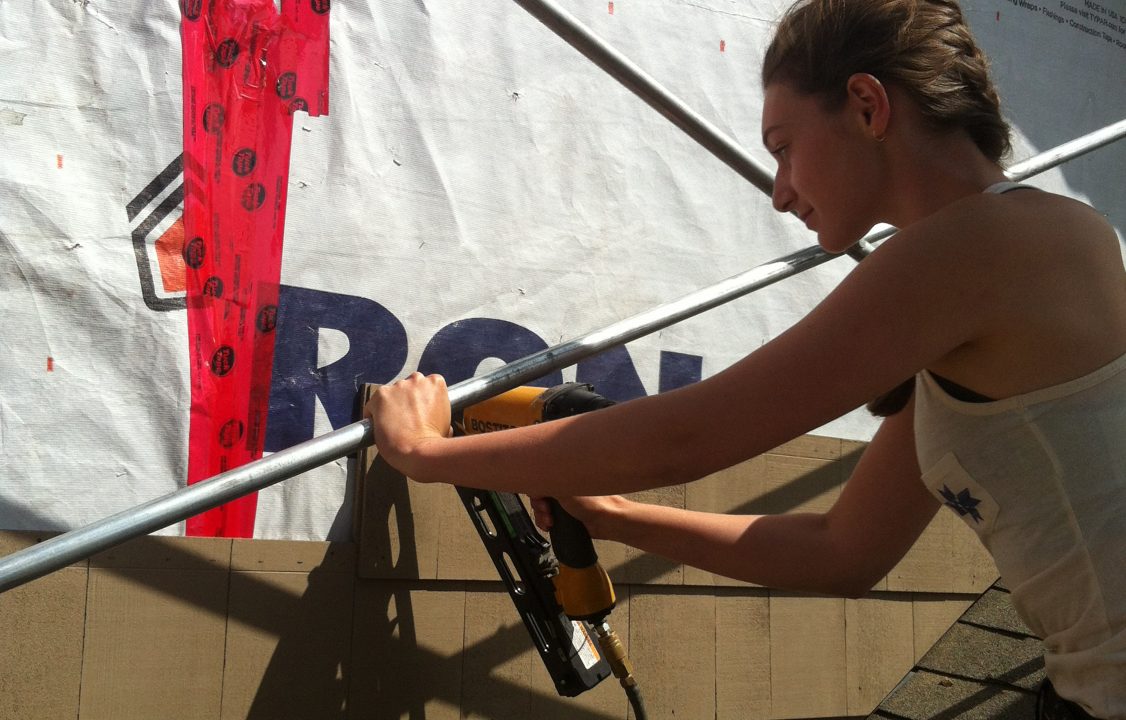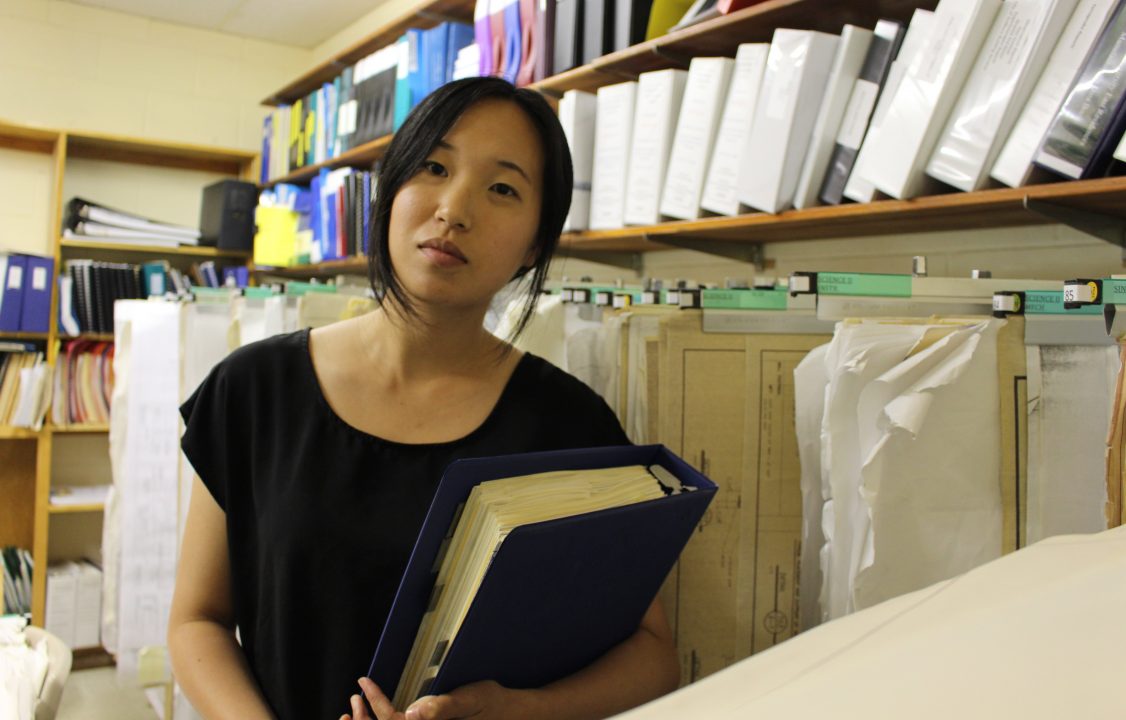The McEwen School of Architecture proposes a unique approach to teaching design based, firstly, on hands-on learning. This means incorporating design-build projects in the curriculum to develop an intuitive way of building and designing that combines thinking, the eyes and the hands. Design-build exposes students to the challenge of not only imagining a design solution, but also concretely realizing the project, from the planning to the construction. This is rooted in the belief that design does not only happen at the drafting table while in a studio. Students should use their hands to develop their craft in order to learn through making. Students will thus have the opportunity to build an exciting portfolio of built projects as soon as they enter the first year of the program. The MSoA has an impressive workshop with a large range of tools and offers training and support thanks to specialized technologists to allow students to make their ideas become a reality.
The curriculum also focuses on technology and fabrication as a means to improve the craft and building skills of students. In addition to learning how to use traditional building tools, students will also learn how to master digital tools such as laser cutters, 3D printers and they will learn how to build electronics and electrical components. This leads to project opportunities such as designing and building your own lighting fixture, your own 3D printer, and so much more!
Experiential learning also means concretely designing projects in collaboration with communities, for communities. Once more, students will have the opportunity to leave the studio to be exposed to real community issues and projects. This will allow them to learn how to creatively integrate the aspirations and values of a community and its people into the design and prepare them for the concrete work of the architect with clients.
Incidentally, this is also reinforced by the fact that the curriculum offers a co-op program to build the students’ professional experience during their studies. This valuable experiential learning experience allows the development of new skills, but also facilitate the transition from school to work. Scroll to Co-op to learn more.

